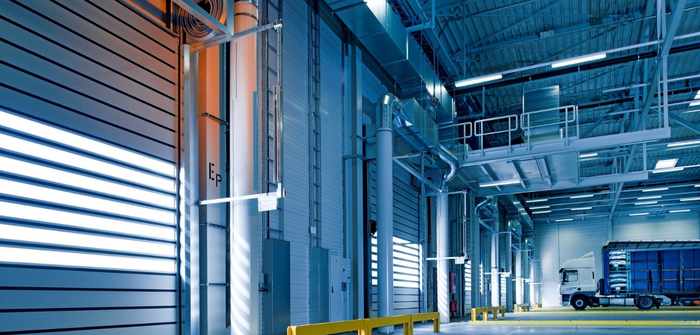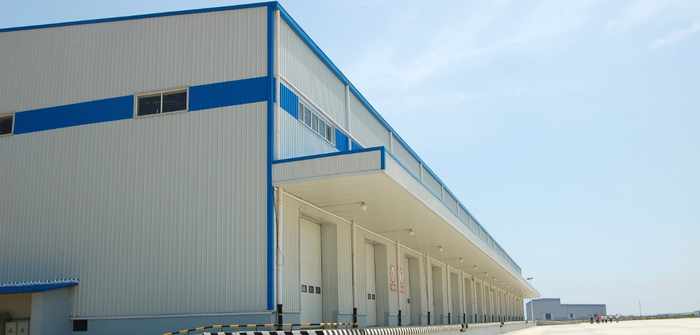
In a recent article published on thedailymail.com, by author Stacy Liberatore reported on how many Americans live within a five-mile radius of cancer-causing gas-emitting facilities. Below is a recap of that article.

A recent report indicates that 14 million Americans reside within five miles of 104 facilities producing carcinogenic substances like Ethylene Oxide. These plants are used to sterilize medical equipment and certain food products. They are typically in buildings that have the appearance of warehouses and are located in populated areas near schools. These buildings do not look like plants and can be unasumming.
Ethylene oxide, also known as EO or oxirane, is a highly reactive compound used commercially as an intermediate in the production of other chemicals. It is also used for sterilizing:
The Union of Concerned Scientists (UCS) found that some commercial plants emit large quantities of ethylene oxide. These facilities, which resemble warehouses and office buildings, are located in highly populated areas, and there are over 10,000 schools and childcare centers within their vicinity.
It was observed that 12 communities fell within 10 miles of two or more commercial sterilizers
Furthermore, the Environmental Protection Agency (EPA) has not acknowledged the possibility of individuals living near several sources of ethylene oxide being exposed to high levels of the chemical.
Ethylene oxide poses a unique risk, as the facilities in our analysis tend to affect communities of color, low-income communities, and non-English speaking communities more than others.
Human exposure to ethylene oxide typically occurs via inhalation and ingestion, which occupational or consumer or environmental factors can cause.
UCS identified 23 commercial sterilizers in the US that were emitting cancer-inducing gas at levels which could result in elevated cancer risk.
The 12 sterilizer hotspots are located in:
If you are concerned that you might live by one of these plants, contact Class Action 101.





